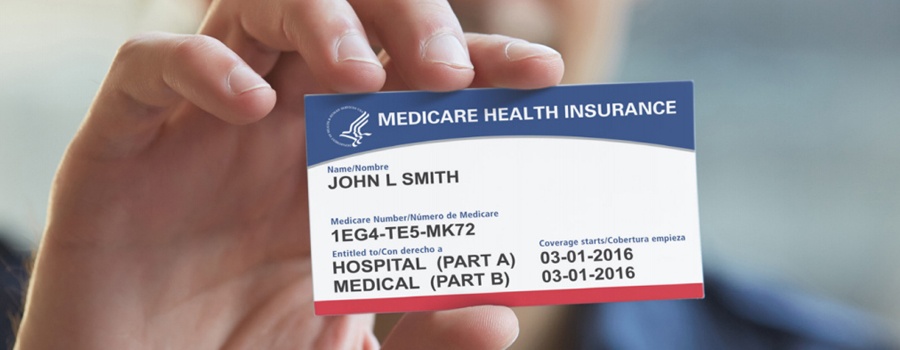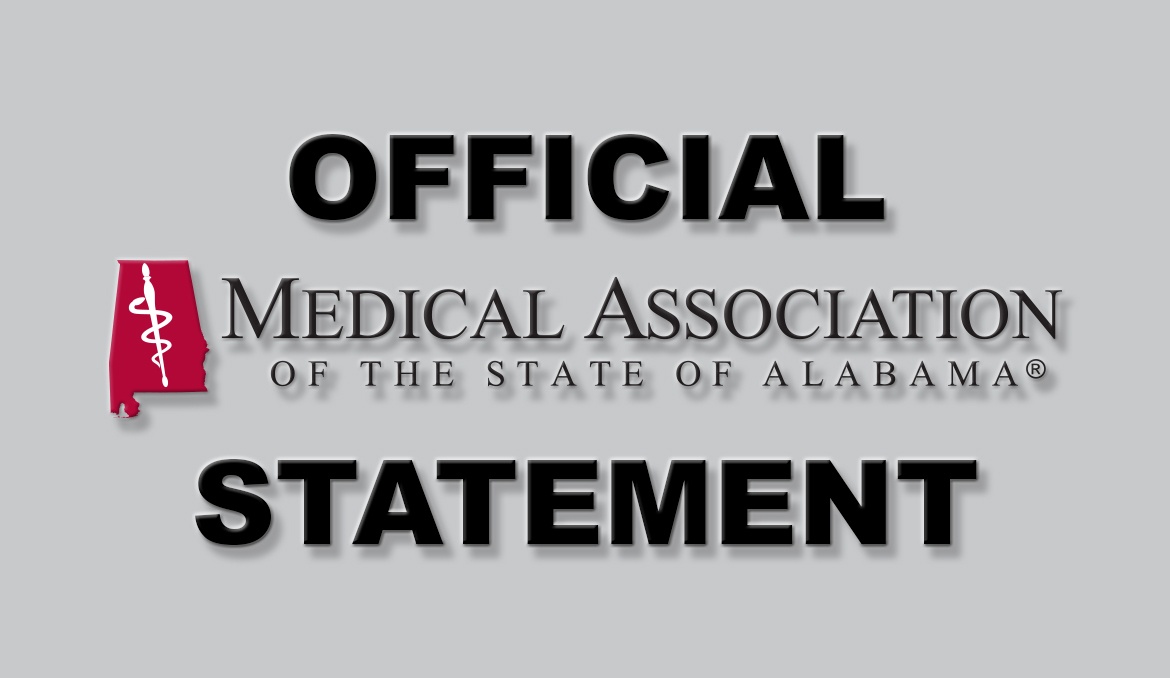Category: Uncategorized
-

Association Announces New Online, OnDemand Education Center
Did you know that as a member of the Medical Association, you have access to our new online, OnDemand Education Center? Featured are seven Alabama Opioid Prescribing courses that meet the Alabama Board of Medical Examiner requirements for holders of an ASCS and are FREE to Medical Association members. The Medical Association’s new OnDemand Education Center…
-

Stay Safe During Hurricane Michael
As Hurricane Michael takes aim at Alabama, all families in affected areas should take health and safety precautions in connection with tropical storm force winds associated with the storm. Listen and follow all health and safety warnings communicated through the news media, and below are some tips to stay safe during the next few days.…
-

Navigate the New Medicare ID Transition in 9 Steps
Due to a legislative mandate in MACRA passed in 2015, Medicare will no longer use social security numbers to identify individuals. Instead, a new randomly generated Medicare Beneficiary Identifier (MBI) will be assigned to all 58 million Medicare recipients. New Medicare ID cards containing the MBI are currently being sent to recipients. “It is a…
-

ALBME Names New Executive Director
Norris Green was recently named executive director of the Alabama Board of Medical Examiners. Green originally joined the ALBME in July 2015 as the associate executive director and was officially named director following the retirement of Larry Dixon in December 2016. Prior to coming to the ALBME, Green worked for 39 years with the Alabama…
-

Alabama Power Warns of Power Scam
*Editor’s note: After being contacted by several physicians, we contacted Alabama Power for additional information concerning the resurgence of an old scam. The Medical Association is joining Alabama Power to warn customers about a new wave of an old scam. In this instance, scammers call from toll-free numbers claiming that the customer’s account is past…
-

Larry Dixon to Retire as Executive Director of the Alabama Board of Medical Examiners
MONTGOMERY – After serving as executive director of the Alabama Board of Medical Examiners for more than 35 years, Larry Dixon has announced his retirement at the end of the year. “We are like family here,” Dixon said. “It has been my privilege to serve Alabama’s physicians and our staff because we are so much like family.…
-
Changing Health Care Delivery: Concierge Model Takes Hold
Editor’s Note: This article was originally published in the Inaugural Issue of Alabama Medicine magazine Time. In today’s crazy world, we seem to have so little of it. Who couldn’t use a few more hours to spend with family and friends hanging out on the weekends? Or a few more hours during the day to…
-
Rural Medicine at a Crossroads
Editor’s Note: This article was originally published in the Fall 2015 issue of Alabama Medicine magazine Part 1 – Feeling the Physician Shortage Pinch Living in a small town means everyone knows everyone, a tip of the hat speaks volumes, and the nearest neighbor may be a mile down the road. Physicians in these communities…
-
Between Doctors & Patients…Technology in the Treatment Room
Editor’s Note: This article was originally published in the Spring 2016 issue of Alabama Medicine magazine Love them or hate them, electronic records are here to stay. Electronic health records, or EHRs, are an evolution of the electronic medical records, or EMRs, that some medical practices use internally. EMRs are a digital version of the…
-

Official Statement on Legalization of Non-FDA Approved Marijuana Substances
March 18, 2016 – “The use of marijuana for the treatment of various symptoms of diseases is an evolving discussion in this state and nation. Two years ago, the Alabama Legislature wisely decided and the Medical Association supported putting the discussion surrounding the efficacy of cannabidiol (CBD) in the treatment of neurologic conditions in children…